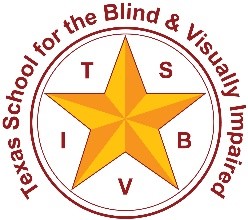Step 1 - Clarify Information about Concerns
Clarity and consensus on the specific distressed behaviors that concern the team is important. So the very first step for a team is to meet to identify their specific concerns, how frequently these behaviors are occurring, what interventions are currently being used, and under which circumstances these distressed behaviors are observed.
- Identify problems or areas of concern
- How frequently would you estimate this problem(s) occurs?
- What interventions have been tried by you or others in the past? Have they been effective? Why do you think they are not working now?
- In what settings and under what conditions do you observe the behavior? (check all that apply and give brief description)
- At a change of routine:
- At mealtimes:
- At the completion of a favorite activity:
- At the completion of a non-preferred activity:
- During new activity:
- During unstructured time:
- During certain times of day:
- During certain academic tasks:
- During transitions:
- During certain weather conditions:
- In crowded areas:
- In noisy areas:
- In new or unfamiliar environments:
- Other:
5. Are any particular individuals consistently present when the behavior occurs? Who?
6. What activities or interactions take place just prior to the behavior?
7. What activities or interactions take place immediately following the behavior?
8. Are there other behaviors that occur along with the problem behavior? What?
9. Can you think of any reasons why the child might behave this way?
10. What would be a more acceptable way for the child to achieve the same outcome?
Conclusion Summary for Step 1:
What has your team learned? Is everyone on the team clear about what the specific behavioral issues look like, where they are most likely to occur, and why current interventions are or are not working? Summarize your conclusions. Summarize important findings below:

